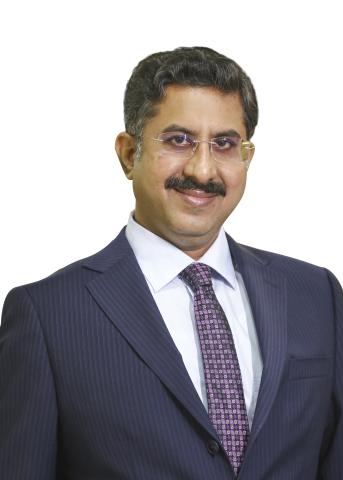- 1 view
Question: You have a preference for companies that generate healthy operating cashflow and free cash flow. Why do you emphasize this factor?
Answer: The value of a business in its most fundamental sense can be derived by considering the value of cashflows that the business generates over its life time and discounting them back to the present date. Implicit in this assumption is the concept that businesses should generate more cash than what they consume and therefore the net cash generated (also known as the free cash flow) becomes the source of economic value and ultimately wealth creation for its shareholders. If you were to check the history of long term wealth creators, you would realise that the common attribute that all of them held was strong free cashflow generation. Why I emphasise more on cashflows than profit is because many companies can have strong accounting earnings though they may be having poor cashflows. But as explained above the real source of value creation in a business is its cashflows and not accounting earnings. Therefore, focus on cashflows builds in a margin of safety in picking winners and multibaggers.
Question: What does the word 'growth & quality' signify in your choice of companies?
Answer: Quality signifies the ability of a business to sustain high *Return on capital employed ( RoCEs) or **Return on Equity ( RoEs) over a long period of time. Truly high quality businesses are those that are able to generate high RoCEs and also RoEs even during difficult times for their industry or sector and therefore operate above their cost of capital at all times. More often than not, a business with high RoCE/ RoE shall be able to generate strong cashflows and therefore generate economic value as explained above. This is basically the reason why I empahise on high quality businesses. Growth on the other hand signifies long term secular growth for the business. I like businesses that have steady and predictable growth trajectory rather than cyclical and unpredictable growth. Cyclical growth or degrowth can be very sharp and unpredictable and can surprise investors in either direction. As against this my preference is for more predictable growth where I can understand the long term drivers for this growth with relatively more certainty about future outcomes.While high quality businesses create economic value, a high growth business enables compounding of this economic value. It is for this reason that my favorite hunting ground for stock selection is the intersection of quality and growth. Such businesses are very rare but my philosophy is to stay focused only on such businesses even if it means not finding a new idea for many quarters.
Question: What does it mean to be bottom up? What role does macro and cycles play in your investment approach?
Answer: Bottom up signifies focusing on the underlying economics of a business as the key stock selection framework. Under this framework we try to focus on the fundamental attributes of the company like its growth prospects, industry outlook, margin profile, competitive dynamics of the industry, cash flows and RoCEs etc. For a true bottom up focused approach the role of macros is really very limited and insignificant. Since I follow an undiluted bottom up approach, I focus all my energies on evaluating the business albeit with different prisms to build a robust hypothesis. As a corollary, the impact of inflation, interest rates, fiscal deficit etc is very limited in my investment approach. I like investing into a business as if I am a part owner of the business and hence would be holding it for a long period of time. Once your investment framework is aligned towards investing into a business rather than investing into a stock, the relevance of macros and cycles reduces considerably.
Question: What would you not buy?
Answer: As mentioned above, my starting point is to establish the quality attribute of a business. In other words, businesses with high RoCEs and high cashflows. At the same time predictability of the business is very important in my framework as I like to understand how the business would look like a few years down the line. It is for this reason that businesses with poor or average RoCEs and a cyclical characteristic are the typical businesses that I like to avoid. Which basically means that businesses with commodity kind of attributes like Metals, Oil & gas, Construction etc. are usually avoided. On the other hand a lot of consumer facing businesses across sectors like Banking, Consumer Staples, Pharmaceuticals and Autos are the ones where majority of the fund holdings come from.
*Return on capital employed ( RoCE) = Earnings before Interest and Tax *( 1- tax rate) / Total capital employed
**Return on equity ( RoE) = Profit after tax / Networth

